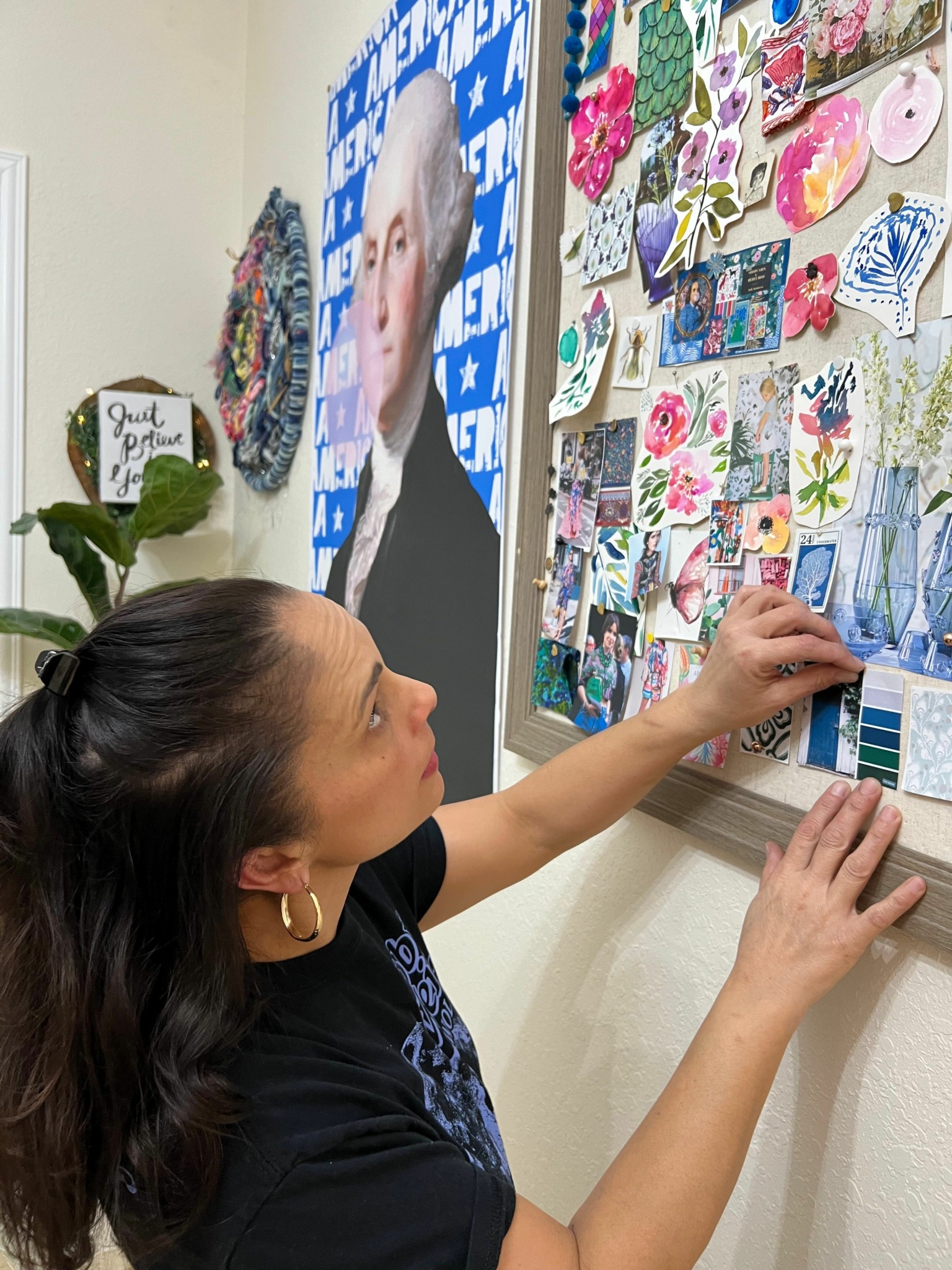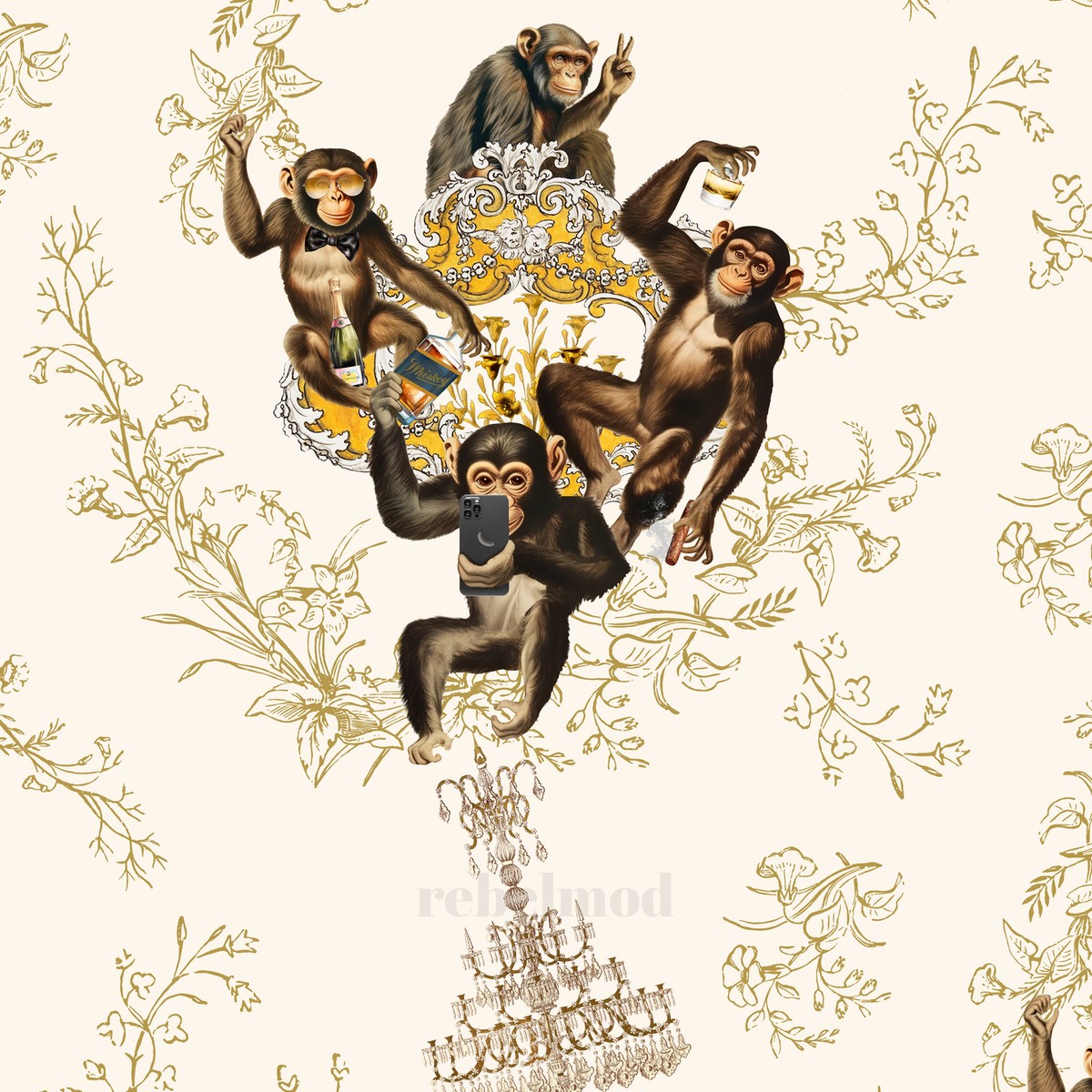We were lucky to catch up with Judy Quintero recently and have shared our conversation below.
Judy, appreciate you joining us today. What’s something you believe that most people in your industry (or in general) disagree with?
One of the most important lessons I learned early in my business journey is that I don’t create for myself; I create for others. I am not the customer. My job is to listen to what the customers want and go to work on making their vision a reality. While this might sound harsh, it’s a profound truth. By removing my emotions from the equation and focusing on delivering what others truly want, I’ve found the most fulfilling and rewarding outcomes.
There are countless stories I could share that illustrate how this perspective has worked in my favor, but the one I always go back to is what we lovingly refer to as the “Girl, you know nothing!” story. It all started with a specific design—one I won’t name because it feels like calling your least attractive child ugly. But this design was pivotal; it’s what began it all.
A sweet lady reached out to me one day with an idea for wallpaper. She’d just built her dream home and explained that nothing she’d seen on the market matched the vision she had in her head. She asked if I’d be willing to bring her idea to life. I made no promises but agreed to give it a shot.
As she detailed her vision, I grew increasingly uncertain. The more I worked on it, the more I questioned whether I understood her theme or had completely misinterpreted her idea. I felt there was some kind of disconnect—either a miscommunication or a gap in my ability to grasp what she wanted. Still, I pressed on and created three variations based on her input, tweaking them slightly in an effort to salvage what I thought was a doomed project.
When the time came to send her the samples, I hesitated. I was convinced she’d look at them and feel disappointed. I pictured her shaking her head, thinking, “This is not it,” before moving on to find another artist who could better execute her vision. But with a deep breath, I hit send.
To my complete surprise, she replied within minutes, saying one of the designs had brought her to tears. It was exactly what she had imagined. Her emotional reaction was not only a relief but also a revelation. It reminded me that my role as a creator isn’t to impose my vision but to channel someone else’s dream into reality.
Years later, that very design remains one of our best sellers. It’s a constant reminder that success comes from listening, adapting, and trusting the process—even when you doubt yourself. The “Girl, you know nothing!” moment taught me to get out of my own way and let others’ desires guide my creativity. In the end, it’s not about me—and that’s where the magic happens.
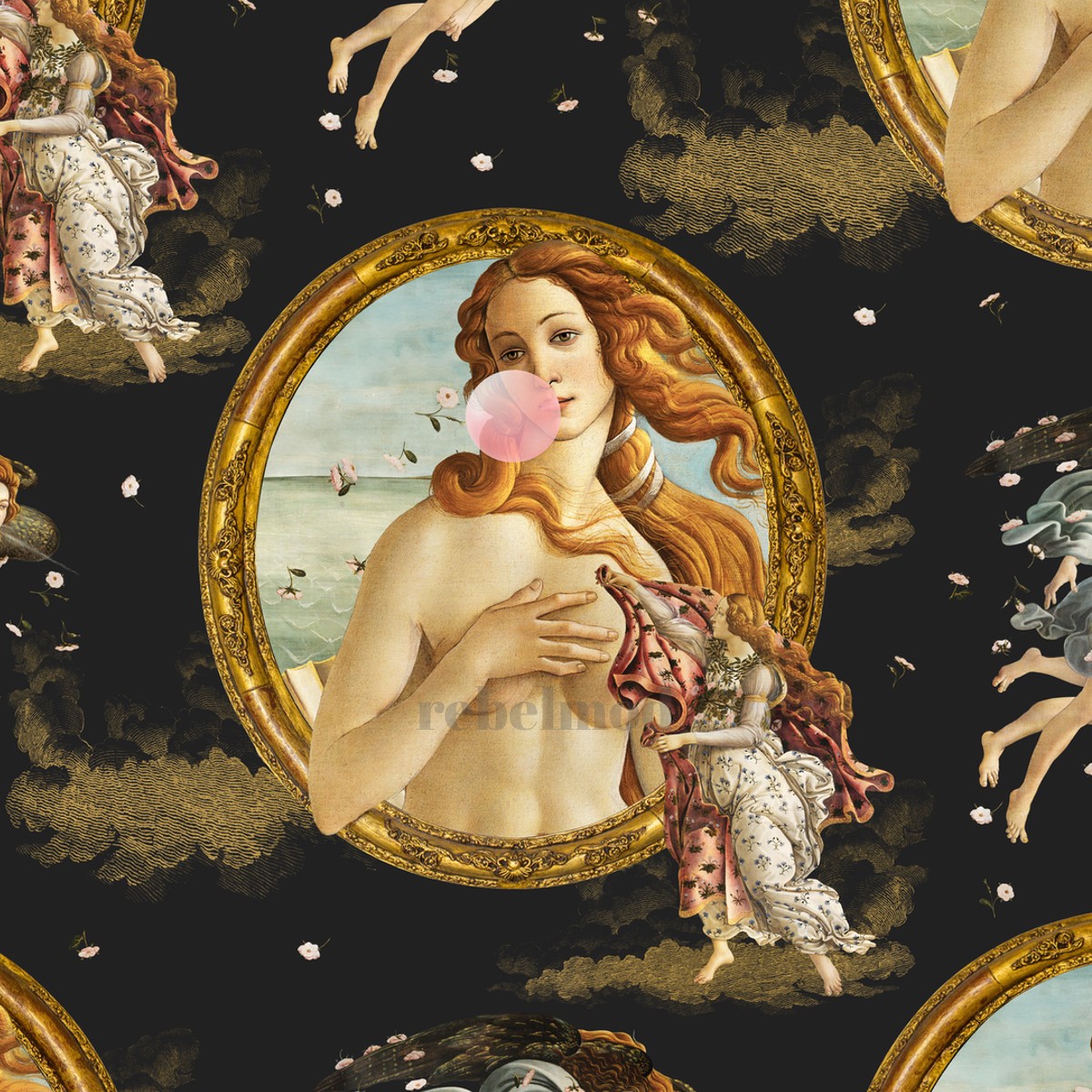
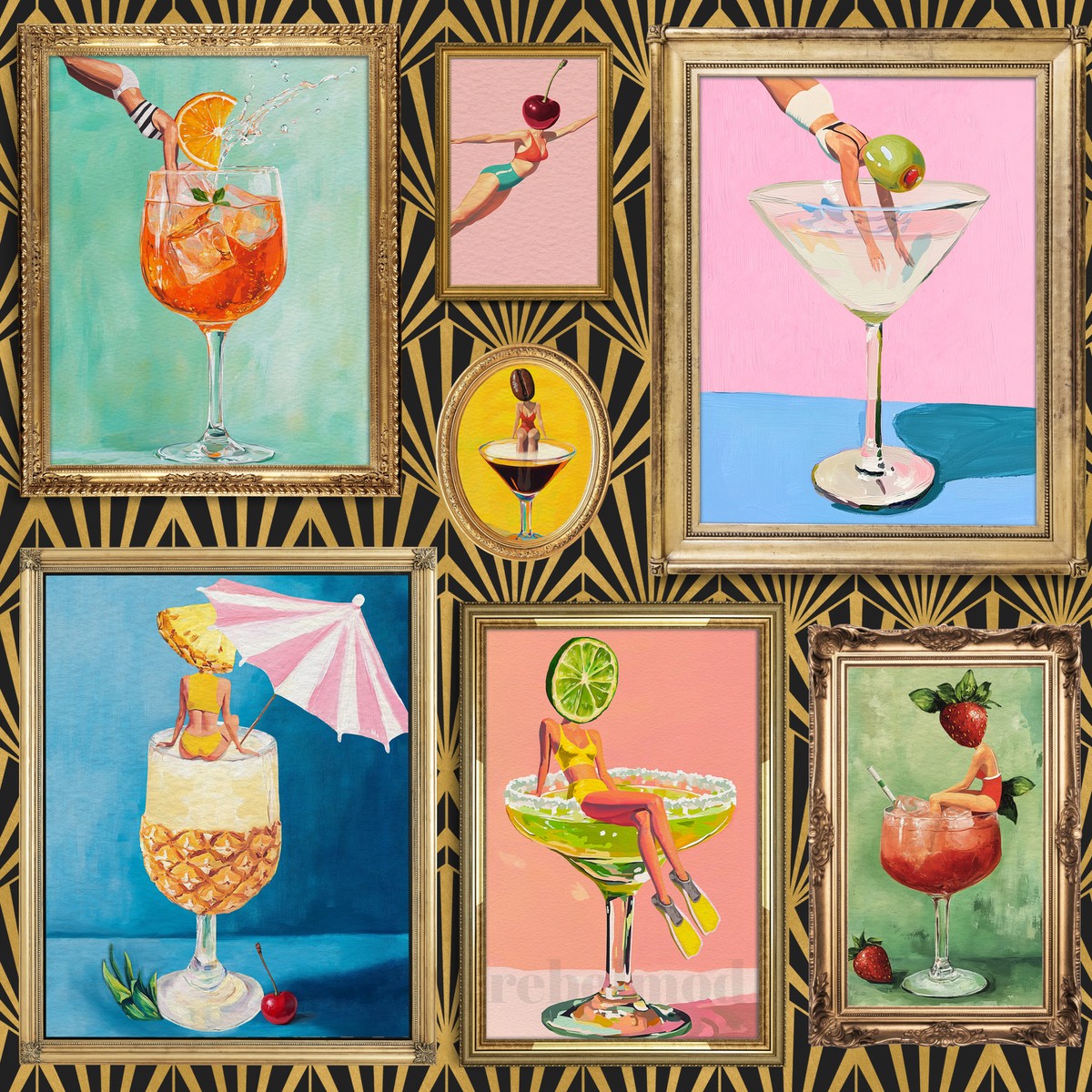
Judy, love having you share your insights with us. Before we ask you more questions, maybe you can take a moment to introduce yourself to our readers who might have missed our earlier conversations?
It all began about 15 years ago with a beat-up old dictionary I found at a thrift store. Flipping through its pages, I stumbled upon the word “heart” and thought, Wouldn’t it be cool to tear this page out and paint a heart with flowers all around it? I rushed home and did exactly that. Then I did it again. And again. Because that’s what creatives do—we repeat the process, not just to perfect it but to keep the fire inside us burning.
Before I knew it, I was surrounded by stacks of painted dictionary pages and completely out of wall space. The natural next step? Trying my luck on Etsy. To my surprise, the pages sold like hotcakes. But after a few months, when I went back to the thrift store for another dictionary, I found myself drawn to a pile of vintage plates instead.
Now, most people would say, Why change what’s already working? But creatives are restless souls. We repeat things until they no longer fulfill us, and then we chase the next spark. I’d rather start from scratch and feel that thrill of passion and giddiness again than play it safe. So I went home with those plates and started experimenting.
After much trial and error, I figured out how to make my vintage plate idea a reality. I wanted these plates to be conversation pieces—something that felt like it had been plucked from a proper tea party and infused with a punch of modern-day wit. The juxtaposition of fine florals and gilded gold edges with unexpected sayings gave the plates their magic. Some featured lines from rap songs, others had cheeky slang, and a few included bold curse words like “Fancy as F…”—which, of course, turned out to be my bestsellers.
Then came the turning point: BuzzFeed featured my plates, and suddenly, I couldn’t keep up. Orders poured in, but I faced a new problem—my business wasn’t scalable. Each plate was one of a kind. Once it sold, it was gone, and recreating each piece was time-consuming and exhausting. I knew I needed a product I could reproduce endlessly.
As wonderful as the business boom was, it took a toll on me both physically and emotionally. I was overwhelmed, juggling everything from creating the plates and filling orders to sourcing vintage pieces from vendors all over the country. That’s when I learned one of my most valuable lessons: lean on your loved ones. My husband stepped in to help with the business strategy, focusing on sustainable growth and relieving me of some of the workload.
Together, we made a major shift—partnering with a manufacturer to bring our designs to throw pillows. The transition was slow but steady, and soon enough, one of our pillows was featured in Better Homes and Gardens (April 2016). Home decor was booming, and we sprinted to seize the opportunity.
While searching for ways to grow in the home space, my husband discovered Spoonflower, a company that allows artists to design their own fabrics and sell them on commission. It was born out of a co-founder’s frustration when his wife couldn’t find the perfect fabric for her projects.
At first, we sold small swatches—8×8-inch fabric samples—earning just twenty cents per sale. It might sound trivial, but our motto became “One swatch at a time.” Every single swatch was an opportunity—a chance to introduce ourselves to someone new, make an impression, and build a lasting relationship. That approach turned out to be the magic formula. Those little swatches opened doors to loyal customers who became friends, collaborators, and advocates for our brand.
Since then, I’ve had the privilege of designing for homemakers, crafters, manufacturers, architects, decorators, and even political figures, TV stars, movie sets, and world-renowned corporations. It’s been an incredible journey.
Today, our best-selling products are wallpaper and fabric, and we’ve sold millions of yards of both. We no longer sell plates or dictionary pages, but we recently opened a small Etsy shop to meet customer demand for prints. That endeavor has been a great success, too.
Looking back, it’s amazing to see how far we’ve come—from a thrift-store dictionary to a global business. Through it all, I’ve stayed true to what fuels me: the joy of creating, the thrill of reinvention, and the belief that even the smallest spark can ignite something extraordinary.

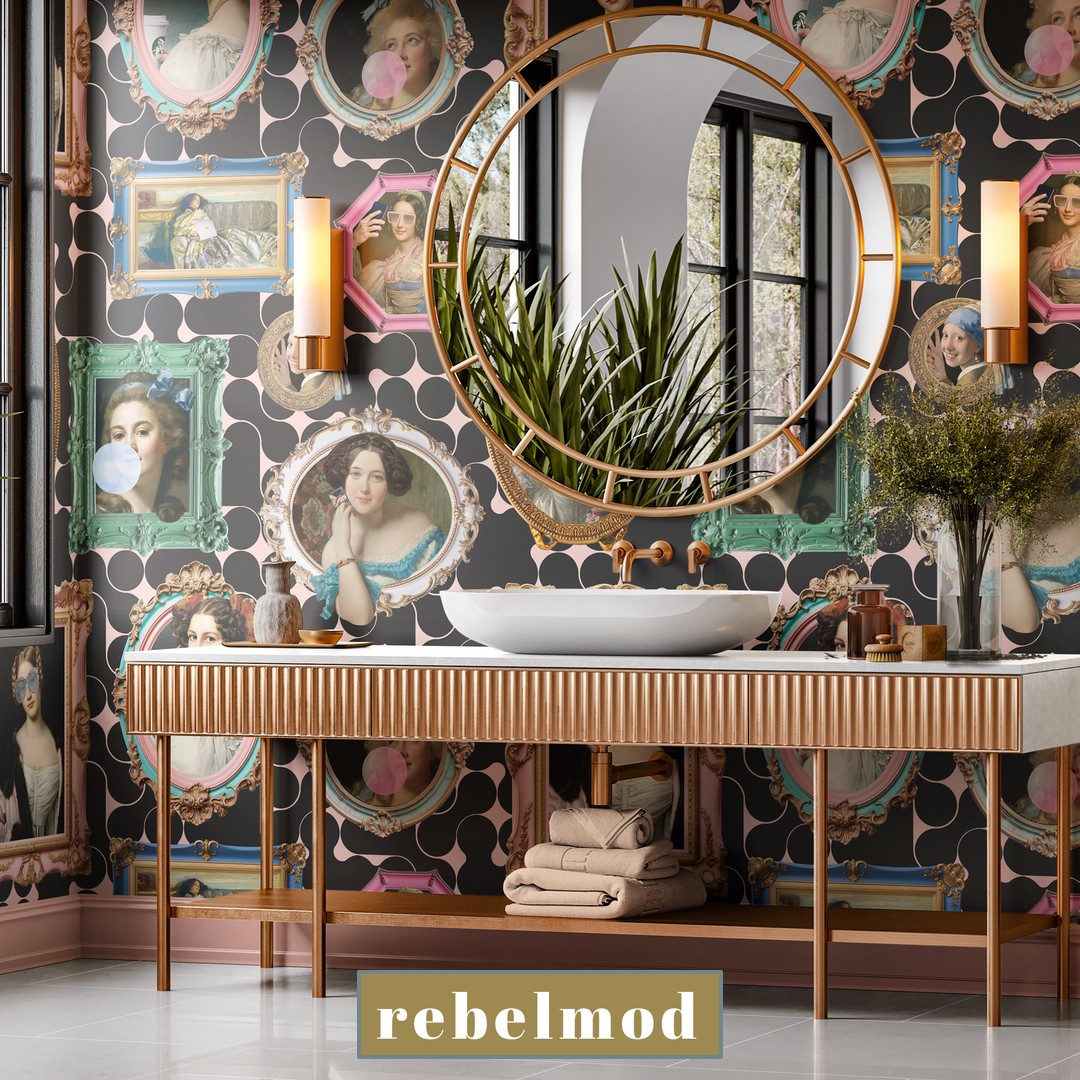
Have you ever had to pivot?
Just like transitioning from printing dictionary pages to creating plates and then to designing fabric, I am constantly reinventing myself and my business. I firmly believe that in all aspects of life, we must continually adjust our sails to learn, grow, and empower ourselves, our families, our businesses, and our customers. It doesn’t matter what industry you’re in or what path you’re pursuing—the key is to embrace continuous learning and evolution.
I dedicate countless hours to studying trends, understanding what people are buying, and identifying what they are gravitating toward. I ask myself, who is my customer, and who isn’t? How can I maintain the customers I already have while attracting those who haven’t yet given me a chance to prove myself?
One thing I’ve learned is that just because something was a big seller ten years ago doesn’t mean it can’t be a bestseller today. The secret lies in being willing to reinvent and recycle that product to fit today’s standards and trends. By making a few strategic adjustments, you can transform anything into a timeless classic that never goes out of style. I’ve found this approach incredibly effective with many of my designs that are over a decade old and still perform exceptionally well.
For example, in the early 2000s, vibrant florals were all the rage. Those same florals have remained relevant through reinvention. I’ve adapted them by incorporating neutral tones, adding indigo shades for an Aizuri-e aesthetic, or turning them into black-and-white prints to align with the moody floral trend. These small but impactful changes have kept the designs fresh and desirable, proving that adaptability is key.
Adjusting our sails allows us to expand our horizons and discover not only new opportunities but also our own resilience and flexibility. It’s through this constant evolution that we continue to grow and thrive, both personally and professionally.


What do you think helped you build your reputation within your market?
Reputation isn’t something you can buy; it’s something you earn through relentless dedication, grit, and an unwavering commitment to excellence. It is built one moment at a time. We’ve all heard the saying, “Your name is everything,” and let me tell you, it’s more than just words—it’s the foundation of everything you build. Your name is your legacy. It’s your personal brand. It’s more valuable than any amount of money in the bank because it’s the essence of who you are and the mark you leave on the world.
Every day, you carry your reputation like an invisible billboard. Every interaction, every decision, and every act of kindness or fairness is a brushstroke on the masterpiece that is your life. People are watching—not in judgment, but in curiosity—wondering if you’re someone they can trust, someone they can believe in, someone who inspires them.
For me, building a reputation has been about one simple truth: focus on others. Focus on what they need, what they value, and what brings them joy. When I work with a client, it’s not just business; it’s a partnership, a shared mission. Together, we create something extraordinary—something that’s not just a product but a symbol of collaboration, creativity, and shared pride. And when you create something beautiful together, it’s not just a transaction; it’s a transformation.
When you pour your heart into serving others, you ignite a ripple effect. A single satisfied customer becomes your greatest advocate, bringing a flood of new opportunities your way without you having to chase them. They came because you were authentic, because you cared, and because you delivered something remarkable.
Contact Info:
- Website: https://www.shopcabin.com/
- Instagram: https://www.instagram.com/rebelmod/
